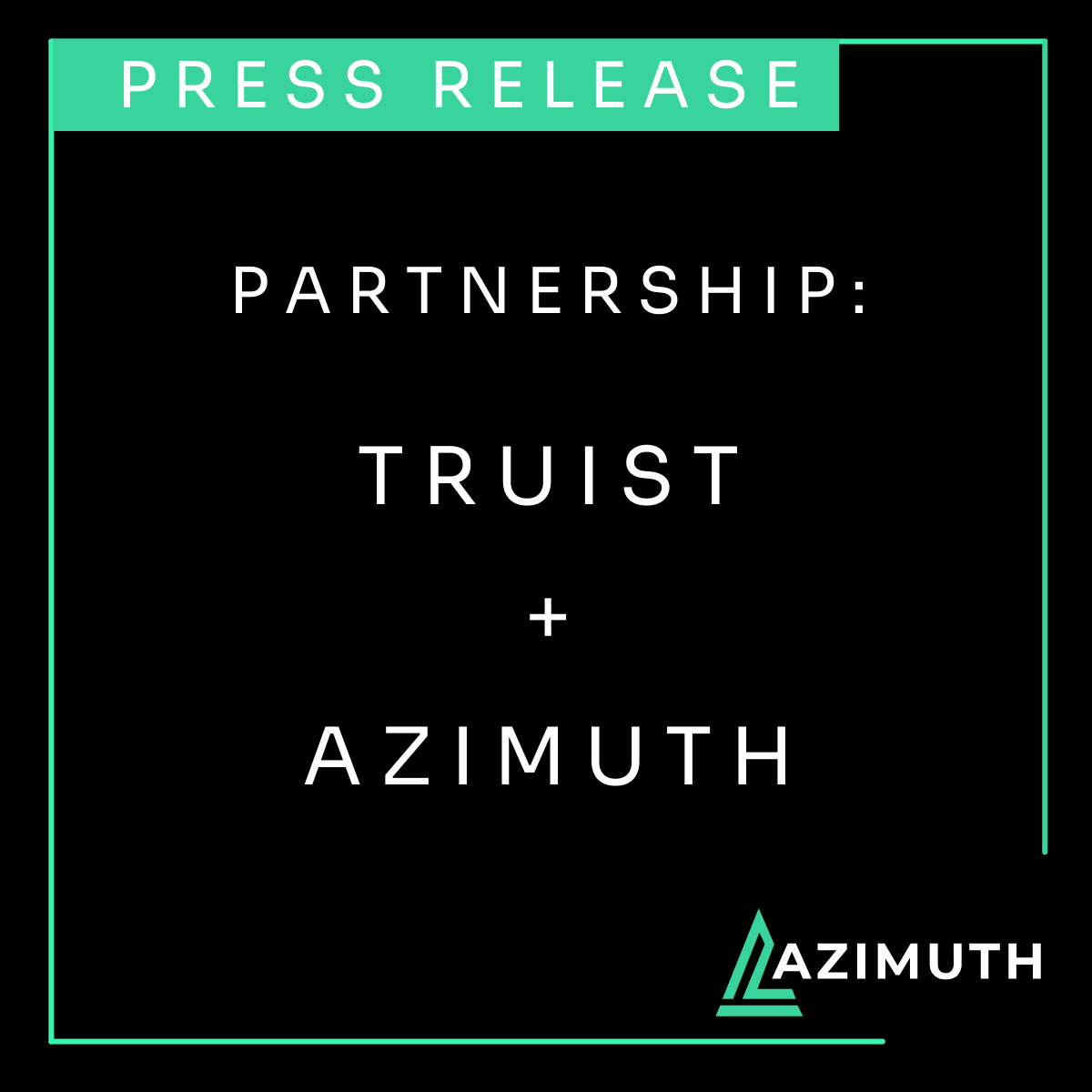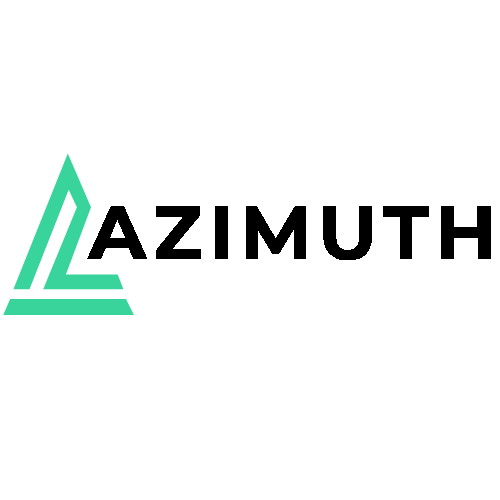Applying Innovation to Stay Ahead of Regulatory Change
Financial institutions nationwide are facing a growing challenge of remaining compliant while evolving in an ever-increasing, cost-pressure environment.
According to a recent survey from Accenture, the overwhelming majority of compliance executives expect the cost of compliance to rise as much as 30% over the next two years, yet only six out of ten expect an increase in operational funding.
Meanwhile, the cost of non-compliance has never been higher. As examples, Trident Mortgage Company was ordered to pay over $22 million earlier this year for engaging in redlining and Fay Servicing, LLC recently agreed to provide $3.2 million in relief to customers to settle allegations that it engaged in unfair and deceptive conduct.
Accenture argues that compliance leaders face a new challenge: “dealing with multiple strands of complex change, happening simultaneously across the enterprise, and at warp speed.”
Additionally, Fitch Ratings says that non-bank mortgage lenders and servicers should expect increased regulatory scrutiny. The current administration has promised more vigorous oversight, particularly around Fair Lending, UDAAP and mortgage servicing.
With a greater spotlight on regulatory compliance, most compliance executives believe technology can help. According to Accenture’s survey, 93% of respondents believe that advanced technologies like artificial intelligence (AI) will streamline compliance, but 37% say their companies are not prioritizing compliance technology.
Even worse, many mortgage lenders and servicers still rely on manual compliance processes and spreadsheets to manage compliance efforts. This is time-consuming and inefficient. It’s also prone to errors and opens institutions up to greater risk.
Mortgage lenders and servicers have over 7,000 laws and 32,000 requirements to know, understand and comply with. How are you managing them? It’s impossible to keep up when relying on manual, archaic processes.
This method also requires in-house compliance experts. Finding and retaining talent has become increasingly difficult across all industries, but especially for compliance teams. What happens when an employee leaves? Are you able to easily replace that position? Can you continue to manage compliance efforts while you evaluate candidates? Plus, consider the institutional knowledge lost when an employee leaves.
The regulatory environment continues to evolve with more promised changes coming soon. Financial institutions must embrace technology to stay ahead.
Institutions can enhance their compliance management efforts by taking manual work done on paper spreadsheets and automating it across the enterprise. As a result, they improve accuracy and efficiency, reduce costs and regulatory risk, and expand coverage.
Automation also allows teams to reallocate time to high-value activities that drive business growth. Deloitte recently pointed to this, indicating that organizations that utilize automation see fewer signs of operational inefficiencies and “could ultimately boost organizational collaboration, free up time for strategic thinking and drive greater employee engagement.”
Automation and modern technology can better support leaner teams. It may also help retain them.
To stay ahead of regulatory change, Azimuth GRC is transforming how institutions manage compliance:
With Azimuth GRC’s revolutionary platform, Validator, financial institutions are taking manual compliance processes and fully automating and managing them across the enterprise. Compliance teams increase efficiencies and can allocate their time towards more impactful work.
Azimuth GRC is the only company to provide full-population compliance testing of the entire loan portfolio. Financial institutions can quickly and efficiently test entire portfolios in minutes, eliminating any unknowns, ensuring adherence with all requirements, and delivering a fair and equitable experience for all customers.
With Validator, institutions can test entire portfolios against all laws and regulations, including the CARES Act and the CFPB Servicing Module. With thousands of laws and requirements to know, understand and comply with, financial institutions can better manage their compliance efforts with confidence.
Furthermore, institutions can increase the frequency of testing. Instead of testing for a regulation every few years, financial institutions and lenders can test each month or even daily, ensuring they are always compliant in a constantly evolving environment.
Schedule a demo today to learn how Azimuth GRC enables institutions to have an innovative automated approach to sustainable compliance management.



